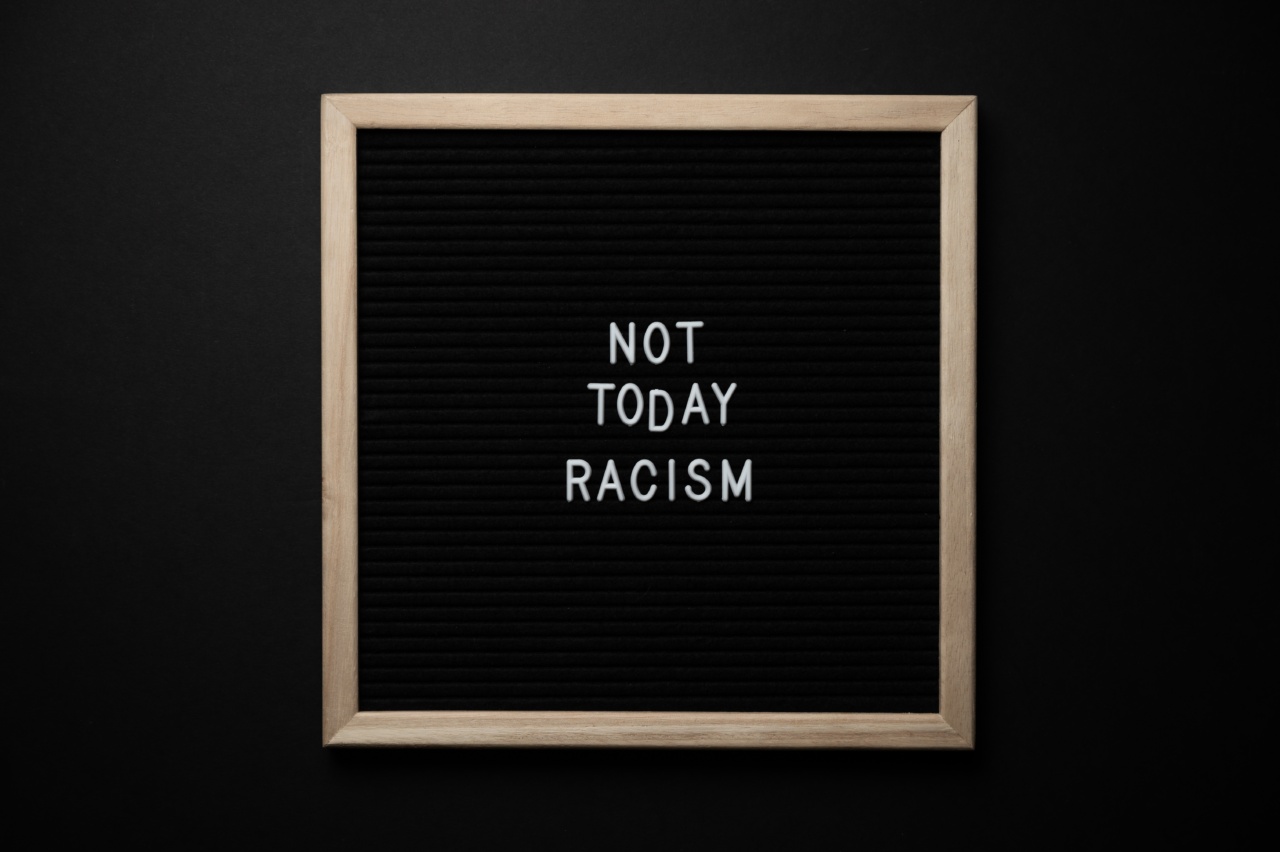Attention Deficit Hyperactivity Disorder (ADHD) is a neurodevelopmental disorder that is usually diagnosed during childhood. However, some children show signs of ADHD as early as 16 months old.
While it’s too early to diagnose ADHD at this age, there are certain signs that parents can look out for. Here are some signs of ADHD in a 16-month-old baby:.
1. Hyperactivity
A 16-month-old baby with ADHD may display more physical activity than other babies their age. They will be constantly in motion, which may be tiring for parents. They may also have difficulty sitting still, even when being fed or during a diaper change.
2. Attention span
A baby with ADHD may have a shorter attention span compared to other babies their age. They may quickly lose interest in toys or activities that require focus and attention. They may also have difficulty following simple instructions.
3. Impulsivity
Impulsivity is another sign of ADHD in babies. A 16-month-old baby with ADHD may act on impulses without considering the consequences. They may grab or touch things without permission and may have difficulty waiting for their turn during playtime.
4. Sleep problems
A baby with ADHD may have difficulty sleeping. They may have trouble falling asleep or staying asleep and may wake up frequently during the night.
5. Difficulty with social interaction
Babies with ADHD may have difficulty interacting with peers. They may be less interested in playing with other babies and may have difficulty sharing toys and taking turns.
6. Frustration and tantrums
A baby with ADHD may become frustrated easily and may have frequent tantrums. They may have difficulty communicating their needs and wants, which may lead to frustration and outbursts.
7. Developmental delays
Some babies with ADHD may have developmental delays compared to other babies their age. They may have difficulty reaching developmental milestones such as crawling, walking, and talking.
8. Sensory issues
Babies with ADHD may have sensory issues. They may be oversensitive to noise, light, or touch, or may seek out sensory stimulation excessively.
9. Risk-taking behavior
Some babies with ADHD may engage in risk-taking behavior. They may climb on furniture or other objects, explore dangerous areas, and have difficulty recognizing and avoiding potential hazards.
10. Difficulty with transitions
Transitions can be difficult for babies with ADHD. They may have difficulty transitioning from one activity to another and may become upset or frustrated when asked to stop doing something they enjoy.
If you notice several of these signs in your 16-month-old baby, it’s important to talk to your healthcare provider.
While it’s too early to diagnose ADHD at this age, early intervention and support can help reduce the impact of ADHD on your baby’s development and improve their long-term outcomes.






























